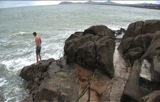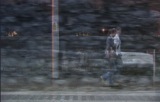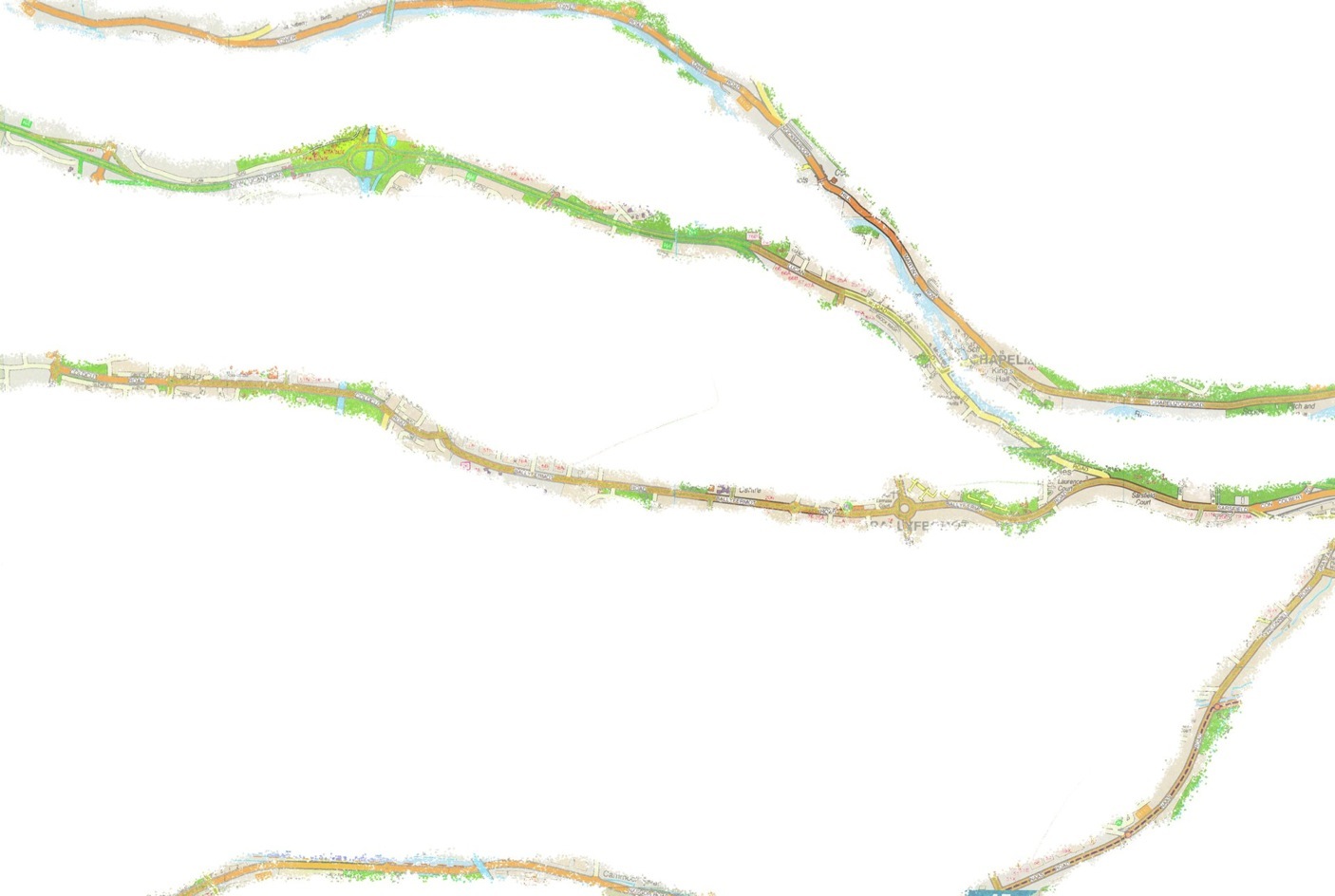


You'll Come And Find The Place (03’30”)
with Jean Philippe Renoult
Blowin’ down the motorway (01’31”)
With Joe Naughton
Gangland (extact 01’52”)
PC can’t play these clips?




Vico Road (extract 03’14”)
With Jobst Graeve




23 April 2009: Moving Dublin (the Book and the Film) launched by Minister Eamon Ryan at the Broadcast Gallery Dublin.


Luas Carol (extract ‘Museum’ 01’20”)
With with J P Renoult & Dinah Bird


The Observer Effect (19’50”)
With students of Collinstown Park CC


below: Camera setup to film side mirror shots for Hard Drive, May 2008

Traffic is the overriding aesthetic experience of the modern city. From inside a car or from without, the presence of streams of brightly coloured metal objects, either speeding by or laid out in a multicoloured array along our streets, is the single most important change wrought by the twentieth century on the urban environment. Light, smells, streaks of colour, screeching brakes and grumbling motors, not to mention the constant sense of possible danger; our senses are pounded ceaselessly, leaving no space, time or silence for those moments of life in a city that have inspired prose and poetry for centuries. The city of literature is gone, Julien Gracqs’ memories of Nantes are drowned in the constant hum of a close-by motorway and Bloom's reverie is broken by an abrupt blast of a horn as he steps absent-mindedly off the pavement and under a bus.We all perceive these sensations differently, depending on our point of view. To which category of user do we belong? In discussions about public space, the term category of user is used in a similar way to the term consumer in discussions on economics. The term strips the users of any sense of individuality or humanity, reducing them to so many robot-like entities repeating pre-ordained patterns.
Contrasting with the cold, wet hardness outside, the sleepy warmth and the comforting cadence of the radio merges with the hum of the engine to give a womb like feeling of being safe in that little pod, of being in control, of advancing at our own pace towards a final destination. Is this why so many people like to drive, despite traffic jams, soaring petrol prices, isolation and heart disease?
Security and control; in all our discussions with people about driving, these words resurfaced again and again. Drivers are reassured by the warmth and security of that little round bubble of space. And yet car travel is in fact the least secure of any form of transport. Is the perceived sense of heightened control over your life an illusion? How can moving around a city more slowly than a bicycle, with your eyes glued to the preceeding cars bumper, procure the sense of freedom and control? At the wheel, moving at speed, our experience of the city is both heightened and narrowed at the same time. The constant awareness of the possibility of danger focuses attention on a narrow spatial cone of vision, while the sounds and smells of the city are cut off. This zone of heightened attention is accentuated at night time, the moving lights rendering the world outside almost abstract. The tiny interior is a space capsule, moving through a hostile alien world. This pressurised interior is connected to the world beyond by an umbilical cord of sound: the voice of a favorite radio chatshow host, familiar music, interrupted by news bulletins with reassuring regularity.

Hard Drive
PREMISES
PRACTICES
PLACES
You'll come and find the place
PRODUCTION
Moving Dublin explores the everyday world of movement in Dublin and its vast sprawling suburbs spreading out west from the coastal city. We look at how far the contemporary world of the Dublin commuter has strayed from the civic realm it constituted when Joyce wrote the Wandering Rocks chapter of Ulysses.
Moving Dublin is to be published in the form of a book and DVD in March 2009 by Gandon Editions
Moving Dublin has been commissioned by South Dublin County Council through In Context 3 and funded under the Department of Environment, Heritage and Local Government’s Per Cent for Art Scheme.
Watch this video on
(extract) 05’00”
1080i HDV
2008-09
With Cóilín Rush
In Production











